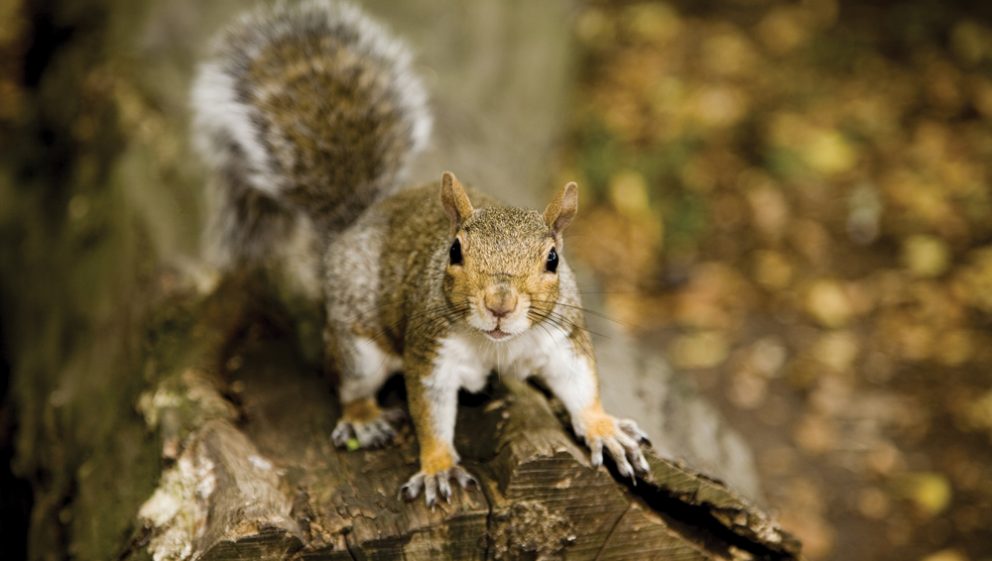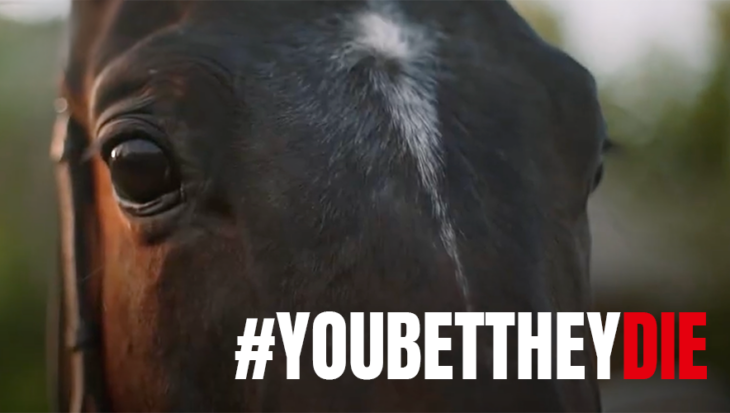Figures obtained by Animal Aid – one of the UK’s largest animal rights organisations – show that between January 2013 and January 2017, a total of 8,400 wild mammals and 3,240 birds have been culled in the Royal Parks.
These figures include 3,679 squirrels, 330 foxes, 2,657 rabbits, and 1,734 red and fallow deer. They also include 1,221 crows, 268 geese, 382 magpies, 46 jays, 1,025 pigeons, and 298 parakeets.
Total figures per Park: Mammals
| Park |
Total |
| Bushy Park |
4,108 |
| Greenwich Park |
79 |
| Hyde Park |
452 |
| Kensington Gardens |
490 |
| Regent’s Park |
82 |
| Richmond Park |
2,999 |
| St James’s Park |
190 |
Total figures per Park: Birds
| Park |
Total |
| Bushy Park |
1,802 |
| Hyde Park |
56 |
| Kensington Gardens |
72 |
| Regent’s Park |
27 |
| Richmond Park |
985 |
| St James’s Park |
298 |
Further FOI requests have found that the Park authorities do not undertake auditing of all animals – only deer. When asked which alternative methods are used before culling is adopted, the Parks responded by saying that they ensure food waste is removed to prevent rat and mice ‘infestations’, and to remove food sources from magpies, squirrels and foxes. However, despite removing food sources being a key method of deterring wildlife, it doesn’t address other issues such as members of the public feeding squirrels – encouraging them to continue to forage for food and resulting in population increases.
Current government policy on fox control states:
‘Territories made vacant by culling resident foxes are rapidly colonised by new individuals. The most effective strategies to resolve fox problems have primarily relied on non-lethal methods, focusing on preventative and deterrent strategies.’
As such, when a fox or family of foxes is culled, new foxes will take over that area. The Royal Parks policy of culling foxes – 330 in the last five years – is not only cruel, but pointless, and seems to have resulted in an endless cycle of trapping and killing. It is also contrary to the policies of all London councils – none of whom use lethal fox control, and instead opt for humane methods of deterrence such as reducing food availability, using noise repellents and contacting humane wildlife deterrence experts.
The same can be said for pigeons, as has been documented in places where pigeons are culled. When pigeons are culled, the population will initially reduce, but this effect is only short term as the birds will quickly be replaced by other birds. This is because pigeons naturally control their own numbers according to the availability of food.
Other animals such as squirrels, rabbits, geese and parakeets can also be deterred humanely – and other measures can be adopted to reduce their population, without causing them harm or resorting to killing them.
Says Animal Aid Director, Isobel Hutchinson:
‘These shocking figures reveal the relentless persecution suffered by animals who help to make the Royal Parks such a popular attraction. For many people, visiting a park offers a rare opportunity to see and interact with wild animals. But rather than being cherished and appreciated, as they are by the parks’ visitors, these animals are being callously slaughtered. How many people, when they take a picture of a squirrel or admire a bird, know that these animals’ lives are in danger? If the Royal Parks wish to limit the number of wild animals in their parks, then they should turn to the many humane methods of deterrence that are available.’


